+ What are the drones rules in Australia?
It's legal to fly drones anywhere in Australia, provided you follow the safety rules:
- When flying for commercial purposes, you need to have an Remote Operator Certificate (ReOC) and the operating pilot needs to have a Remote Pilot Licence (RePL) if the drone weighs over 2kg.
- Drones that weigh less than 2kg are still required to be registered with CASA, be flown by an accredited pilot, and flown to the Standard Operating Conditions to be used commercially.
What are the Standard Operating Conditions?
You must:
- only fly one drone at a time
- always fly your drone in visual line-of-sight — this means:
- flying only during the day
- avoid flying through cloud, fog or smoke
- you can always see your drone with your own eyes — not by using goggles, binoculars or another device
- not flying behind obstacles that stop you from always seeing your drone. For example, trees, buildings or other structures.
You must not fly your drone:
- higher than 120 m (400 ft) above ground level — that's about the height of a 35-storey building or length of a football field
- closer than 30 m to people — other than those helping to control or navigate your drone
- over or above people at any time or height
- in a way that creates a hazard to another person, property or aircraft
- near emergency operations
- in prohibited or restricted airspace (use a CASA-verified drone safety app to help you)
- closer than 5.5 km to a controlled airport, which usually has a control tower, if your drone weighs more than 250 g. You can operate indoors provided the drone can’t get out of the building. If you’re a ReOC holder, please see more information on flight authorisations.
You may operate your drone within 5.5 km of a non-controlled airport or helicopter landing site if:
- there are no manned aircraft flying in the area
- you see any manned aircraft flying to or from the airport or helicopter landing site you land as soon as safely possible
- you stay outside the airfield boundary.
At Airview Drone Services, we hold exemptions to some of these Standard Operating Conditions, and are regularly approved for more, so get in touch if you would like to know more.
+ How reliable are your drones?
Most commercial drones today are pretty reliable. They have checks and measures to make sure they can be safely landed in case of an emergency. Systems such as ‘Return-to-home’ in case of a radio connection failure, multiple flight controllers and IMUs as a backup, obstruction sensing camera, are a part of drones which have made them as safe as can be. Despite these many redundancy measures, every operation must be carried out with utmost importance to safety.
+ How reliable are your drones?
Most commercial drones today are very reliable. They have checks and measures to make sure they can be safely landed in case of an emergency. Systems such as ‘Return-to-home’ in case of a radio connection failure, multiple flight controllers and IMUs as a backup, obstruction sensing camera, are a part of drones which have made them as safe as can be. Despite these many redundancy measures, every operation must be carried out with utmost importance to safety.
+ What types of drones do you fly?
We have a fleet of drones and deploy them based on the application.
DJI M600
The M600 is a hexacopter and one of the bigger drones that we have. It has a max payload capacity of 6.8kg. This put us in range of carrying most of the cameras used for high end photography and videography, from the DSLRs to the REDs etc.
DJI INSPIRE 2
The Inspire 2 is in a league of its own with excellent flying dynamics and fantastic camera options. The Inspire 2 operates with a two man crew (a dedicated pilot and camera operator) which adds a new dimension to every frame that we capture. The Inspire 2 is capable of capturing 21MP still images and records up to 5.2K video in ProRes or H264 codecs.
DJI MAVIC 2 PRO
The Mavic 2 Pro is a single operator drone with a 21MP camera and records 4K video. The camera is mounted on a 3 axis gimbal which makes it perfectly stable in any flying condition. It is GPS assisted and can hover and maintain its position.
DJI MINI 2
The Mini 2 is a single operator drone the weighs less than 250g, which allows us to operate close to airports without costly and lengthy approvals. With a 12MP camera and 4K video capability, Mini 2 is suitable for web-based and small print ouputs.
+ How far can your drones fly?
Depending on the type of drone, it can fly anywhere from a few metres to a few kms. The drones that we operate have the ability of flying out up to 7km. However, we have to have operate the drones in our line of sight at all times, limiting us to smaller distances depending on which drone is used.
Speak to us about our Extended Visual Line of Sight operations to accomodate operations up to 1.5km and beyond!
+ Can the drone fly on its own?
Yes, a drone can fly on its own with latest technology, however, a drone flying autonomously is limited to only certain industry applications. Our drones are all flown by a licensed, experienced UAV pilot to ensure safety at every point of the flight. But yes, complete autonomous flying is the future.
For any other questions, please don't hesitate to get in contact with the Airview Drone Services team.

